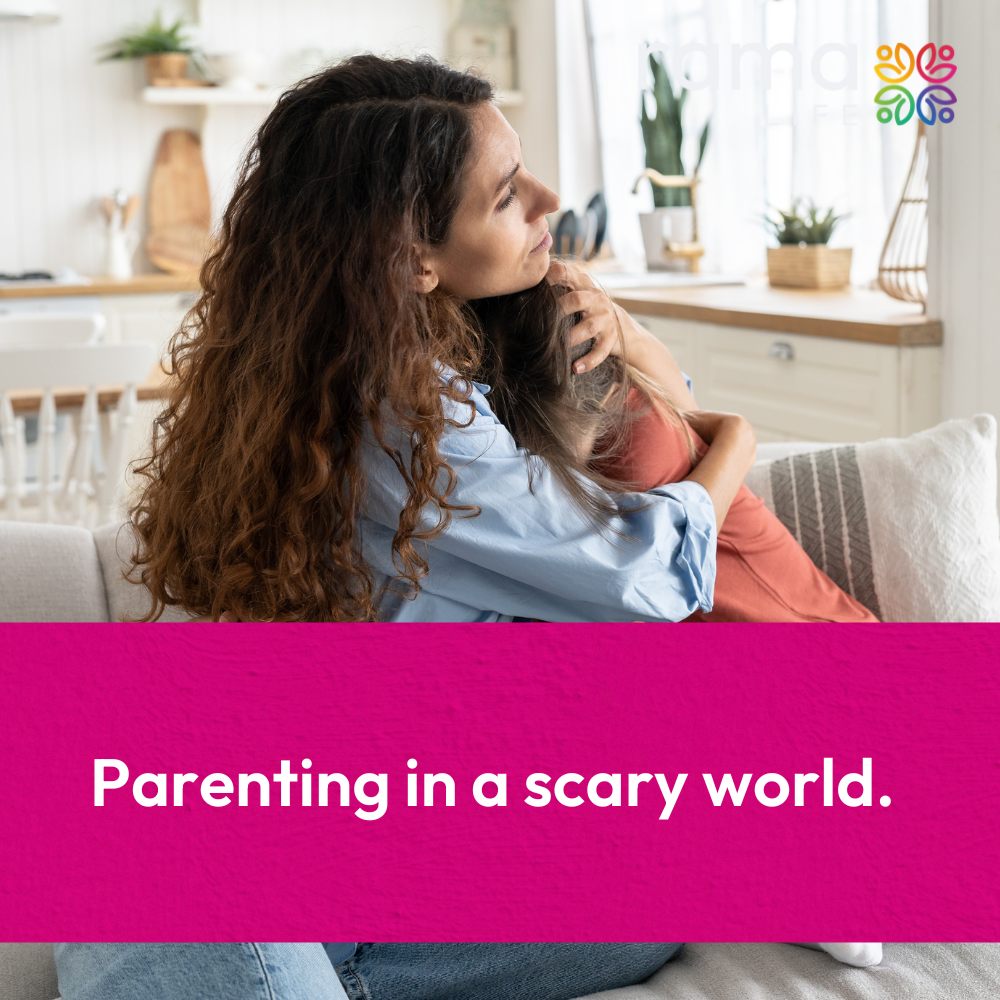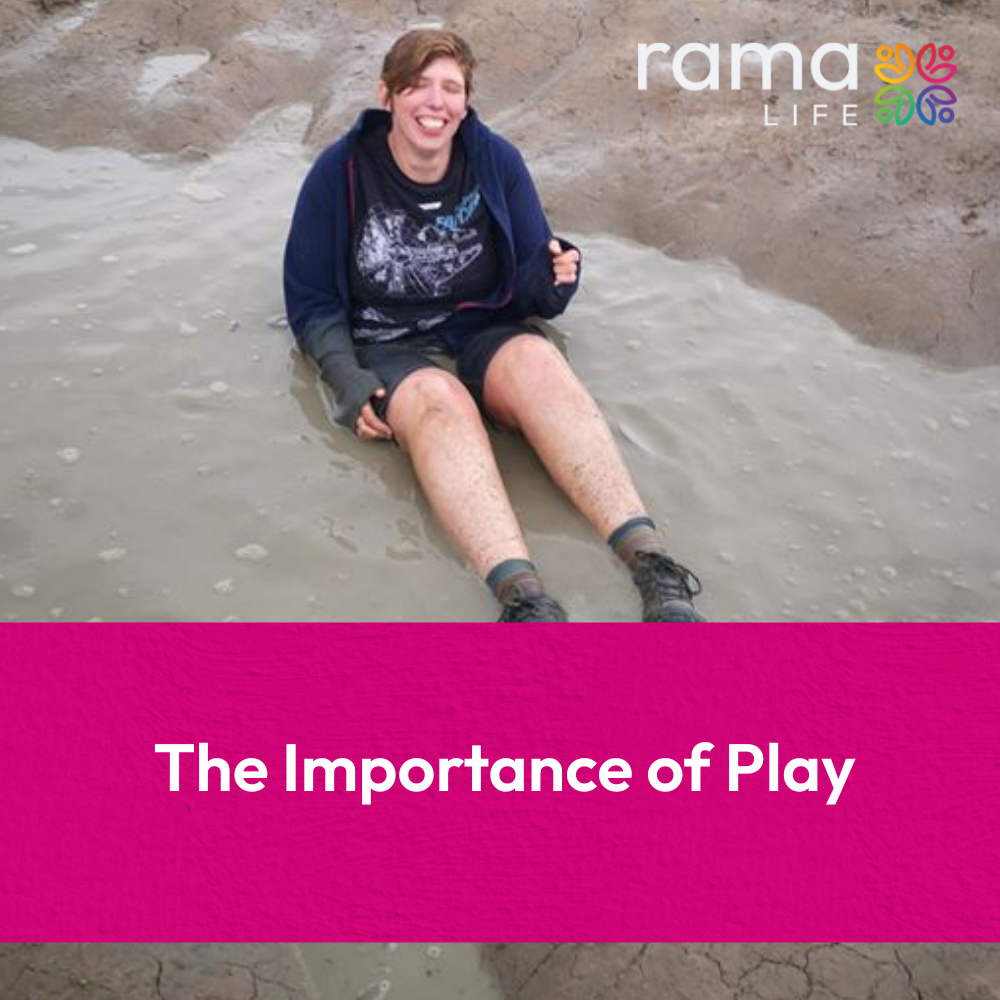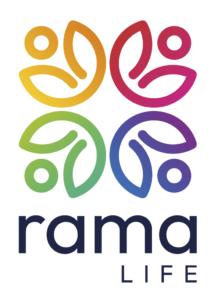Parenting in a Scary World

I have never shied away from difficult conversations with my children — but when a teenager says, “Humanity is vile. What’s the point when there’s no hope for this world?” I must admit, it took me a moment to figure out how to respond.
This wasn’t the mumblings of a depressed, angst-ridden teenager, but of an articulate young person who had just caught 20 minutes of the news on TV and was staggered by the level of aggression, harm, war, and negativity.
——————-
I have not purposefully kept my children from the news or current affairs, but equally, I don’t invite it into “our space” (eg we don’t buy papers or watch the news). However, we do discuss things that are happening at times, but in a measured and age appropriate way – which has helped us as a family have a good level of wellbeing.
One of my older children decided a few years ago to remove the news app from their phone’s home screen, as it was just making them miserable. I was impressed by their self-awareness as I certainly wasn’t like that as a teen!
My decision has been reinforced when I speak to parents who get wound up or highly anxious about clickbait headlines and twisted stories. I cannot see that it does them any good (and it certainly doesn’t solve anything).
News stories are, after all, spun to have the biggest shock content, and you simply cannot trust mainstream media for a non-biased opinion. Of course, I keep an eye on current affairs, but always through the lens of: “This is an opinion piece, and money is exchanging hands at various points in the process.”
——————-
So, back to the question — what do you say when your young child, tween, or teen says to you:
“Why is everyone fighting?”
“Is there going to be a war here?”
“Why do people kill each other?”
“Have we really destroyed the planet?”
Or even… “Humanity is vile. What’s the point when there is no hope for this world?”
Well, first off, you follow your gut and do what’s right for you and your family — but here are some tips:
Let them say what they want to say, without shutting them down.
- Validate their feelings.
“I understand you feel that way / think that / worry about this.” “I hear what you are saying”
Often this is all they need with problems (other than a hug!) – but on this topic I like to introduce something positive by…
- Offer an alternative perspective or help re-frame it. “Have you thought about it this way?” or “I think of it like this”.
- Focus on solutions and positive actions, rather than the ‘scary thing’. This could mean acknowledging the conflict between countries, but then talking about how neighbouring countries are helping out.
- It can also be about how they solve problems with their friends, the importance of communication, and understanding that everyone is different.
- Give them a hug.
It’s not just about a warm, fuzzy feeling — it settles their nervous system, makes them feel safe, and helps them regulate their emotions, their brain, and everything really.
——————-
We are living through a very tricky time. While conflict and “scary things” have always existed, due to the internet, we are now bombarded with it, all at once. It is understandable that many of us are overwhelmed. This also means we talk about it a lot more — and often in front of our kids, without even realising it.
Most of us (and many children) have phones, which can give them a daily dose of negative news.
It can be hard not to ruminate on scary things and spread worry and anxiety in ourselves, our families, and our friends.
However, we make choices every minute of every day and what we do, who we speak to and where we spend time all feeds into our thoughts and feelings.
You can choose:
– Not to watch or read lots of negative news.
– To subscribe to one of the Good News or Positive News channels to get a weekly email of positivity.
– Not to discuss scary news in front of children, or to be mindful of the language you use when sharing current affairs with them.
– To limit your use of news apps on your phone, or remove the news feeds that often pop up on the home screen (and we can do this for our kids too).
– To have some conversations about what’s happening in the world, but in a solution-based way, or with positives to add in “Look how the community is coming together,” or “How amazing is it that this country has supported in this way.”
——————-
And remember — part of being a teenager is figuring out who you are, what you want to do and be in the world, and what being an adult is all about.
This process cannot be rushed and is a healthy part of growing up.
If your teen (or child of any age) is showing signs of depression or mental ill-health, or if you have any concerns, then absolutely — pay attention and take action. But a certain degree of exploring life, the universe, and everything is to be expected.
The most important part is them knowing you are there for the journey with them — that they can talk to you without judgement, that you will listen, and that when they need it, you’re there with hugs, lying on the grass looking at clouds, going out for a walk and kicking leaves, or having a hot chocolate and watching a feel good movie.
——————-
I know the world can be a scary place, but I choose to believe that each one of us can make a difference — and that the world can be a better place because of it.
Jenn Hodge
Rama Life


